
Ticks are arthropods, like spiders, that feed on mammal blood, usually on animals, but on humans too. They are often confused with other blood-sucking organisms, such as bedbugs or fleas. Ticks are one of the major carriers of disease in the United States, and on the worldwide scale they are preceded only by mosquitoes. The disease that is most commonly transmitted by ticks is Lyme disease. Other tick-transmitted diseases include Babesiosis, Rocky Mountain fever and ehrlichiosis.
How ticks can do harm
Ticks attach themselves to the skin and make a tiny hole in it. They use the hole to feed on blood through it, injecting anticoagulant substances, much like mosquitoes. If they are infected with a disease or a microorganisms, they can easily pass it on their host through the saliva and enzymes they inject.
If it is unnoticed, a tick usually stays attached to the skin, feeding until it is full. It then detaches itself and later on searches for another host. The bite site usually becomes red and sometimes itchy. Tick bites usually do not cause a lot of pain but there are cases when the bite can be extremely painful.
Ticks should always be removed when noticed. It is best to have them removed by a medical professional, but if one is not around, they can be removed using tweezers.
Prevention of ticks
Tick bites are not only disturbing, they can also be dangerous as there is always a risk of contracting a disease from them. The only way to make sure a tick bite does not occur is to stay off outdoor areas where ticks life, which includes all green surfaces, woods, meadows, plains, river banks, public parks, gardens and similar. Tick season starts in April and lasts through September. Naturally, it is nearly impossible to avoid outdoor activity during the summer, which is why other means of protection are necessary.
When walking, jogging and spending time outside it is important to cover as much skin as possible. Long sleeves, high socks and long pants are highly recommended. Clothes should be light-colored so ticks can be easily spotted and pants should be tucked into shoes or, ideally, boots.
Insect repellents, especially if based on DEET are very helpful in prevention of tick bites. Stronger ones are not suitable for children and they should use repellents with DEET concentrations of 15 percent or less.
Ticks can easily pass from pets to humans, which is why it is important to treat dogs and cats with flea and tick repellents, according to the veterinarian’s instructions. This sometimes needs to be done several times per season.
After spending time outdoors, it is essential to carefully inspect the skin on all parts of the body. It is recommended to inspect the scalp too, because ticks can hide in the hair. Clothes should be controlled too.



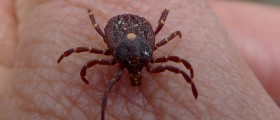

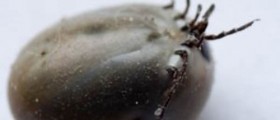
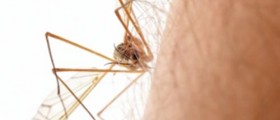

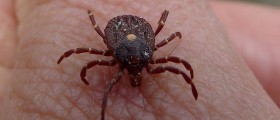


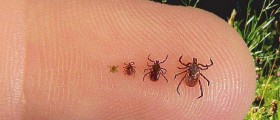
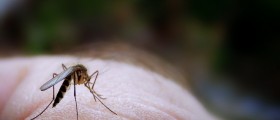
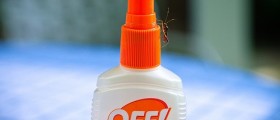

Your thoughts on this
Loading...